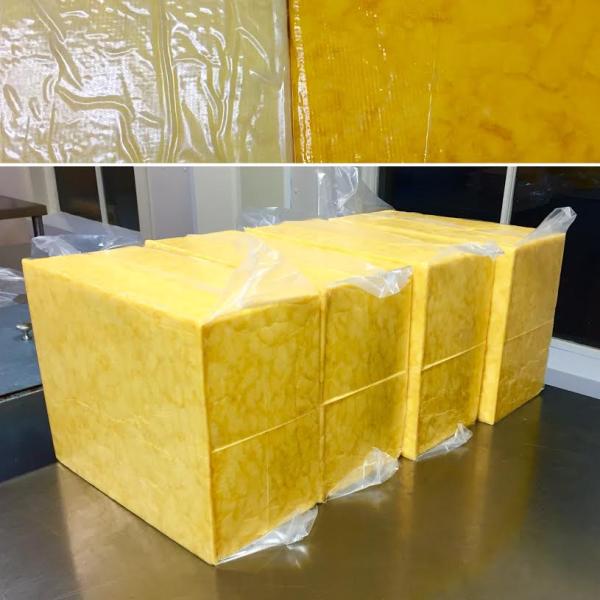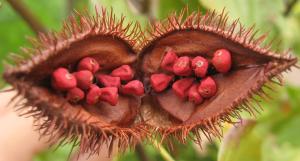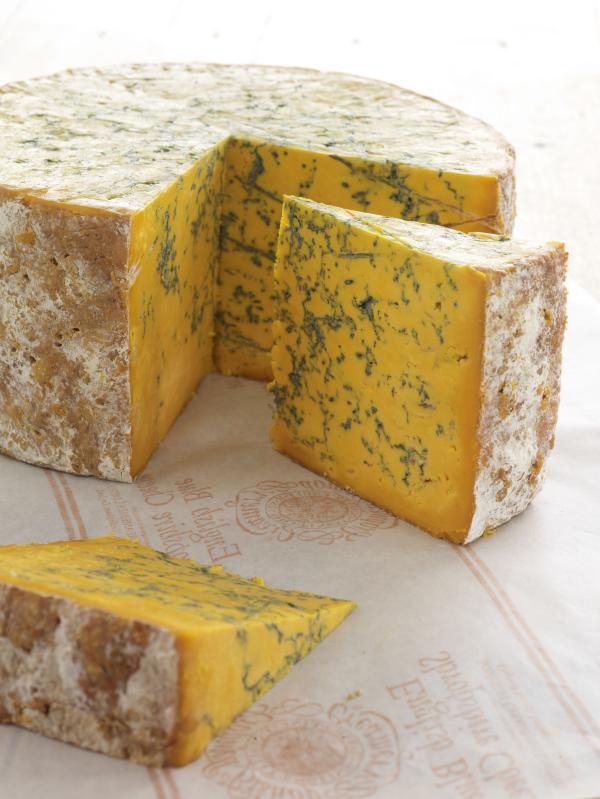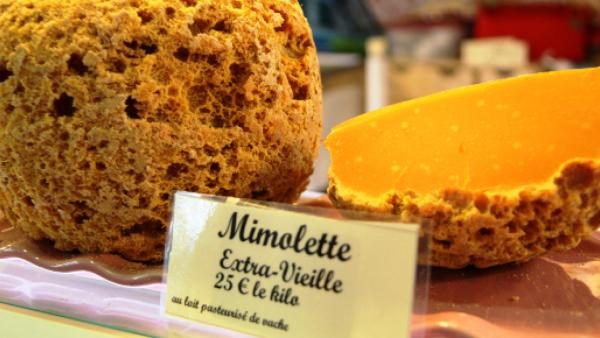Announcing Orange Cheddar!
Tired of boring old pale cheese? We are, too! Now you can try the newest product from Shelburne Farms: Orange Cheddar!
An April Fool's joke? Only partly.Coloring cheeses orange actually has a long history.
In 16th century England, around the time of the advent of modern Cheddar, the best makers in the country produced cheese with a natural deep yellow hue. The yellow was evidence that their animals were on pasture eating grass rich in beta-carotene (the same pigment that gives carrots their color). Cows are unable to process the carotenoids, and it gives their milk a more yellow-orange tint. If you've ever had a container of unhomogenized, pastured milk, you'll see this pigment concentrate in the cream that rises to the top.
Here's where things got interesting – and more than a little shady. Cheesemakers looking to get two products from the same milking would skim cream from their vat to make butter, and then make cheese with the remaining skim milk. But they'd add coloring to the cheese so that it would still appear to be of the highest quality. Saffron (which was abundant and inexpensive at the time) was an early cheese colorant in the British Isles. It yielded an orange cheese that looked like an exaggerated version of cheese made from summer pasture. Later, annatto was adopted, which is still used in classic English Farmhouse cheeses like Double Gloucester, Red Leicester, Cheshire, and Shropshire Blue.
In 17th century France, King Louis XIV used annatto to create one of the world's most famous cheeses, Mimolette. It was specifically made to poke fun at the Dutch. At the time, Holland's Edam (a semi-soft waxed rind cheese) was the world's most popular cheese. This frustrated the French Sun King, who was warring with the Dutch and fiercely defended France's cultural and gastronomic superiority. To slight the ruling Dutch House of Orange, Louis ripped off the Edam recipe and colored his version of it orange to differentiate it from the original.
Voila! Mimolette! This dense, nutty cheese from Lille (in northern France) is rumored to have been used as ammo when French warships ran out of cannonballs!
Because of this history, many celebrated Protected Designation of Origin (PDO) cheeses mandate the use of annatto today.
But annatto (and other dubious, non-natural colorants) are also used today by commodity cheesemakers around the world to hide the origin of the milk and to appeal to a market that prioritizes aesthetics and durability over quality.
We will continue to make our cheese as we always have, with no colorants or additives, but will have this one-of-a-kind batch for sale next April Fool's Day to pay homage to the English Farmhouse tradition and to better understand our cheese in the context of the larger industry.



